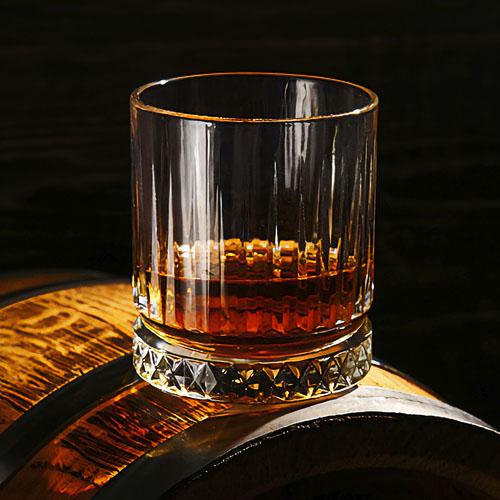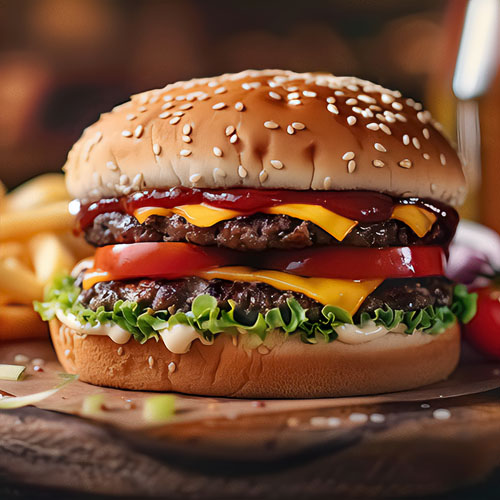Pour Me Another One, Sheila
That Americans have developed a taste for good tequila is obvious from the explosion in sales — and new brands of premium, 100 percent agave varieties — over the past few years. Be it plata, reposado, or aflejo, the pride of Mexico isn’t just for margaritas and shooters anymore: We’re downing more of the good stuff more slowly, via snifter and highball.
But to truly appreciate the level of artistry and hard work that goes into producing tequila, a trip to see where and how this remarkable spirit is made is a necessity. The vast majority of the world’s tequila originates from the south-central province of Jalisco, where it’s patiently extracted from agave plants grown in rich, albeit dry, soil in the shadows of volcanoes.
The entry point for tequila country is probably Guadalajara. Mexico’s second-largest city boasts a population of 1.5 million, myriad restaurants and bars, a flourishing arts scene, and a wide variety of accommodation options.
It is also, according to a local legend bolstered by eyewitness evidence at the annual Viva Tequila Festival, the place the prettiest women in the country call home.
While every tequila distiller adds its own unique twists to the process, the initial steps in making tequila are essentially the same. It all starts with the agave, which looks a bit cactus-like with its razor-sharp thorns. The agave takes seven to ten years to be ready, and two plants put in the ground on the same day may reach maturity years apart.
This is where the jimadores come in. Highly skilled agriculturalists, the jimadores prune and tend the agaves and then decide when each one is ready for harvest. After digging out the plant, they hand-trim the leaves to get down to the piña, so named because it looks like a giant, off-white pineapple. Trim too much and they lose some of the sugars needed to make alcohol; trim too little and the leaves add bitterness. No one has ever developed a machine to do this work and no one is ever likely to, considering the varied sizes and shapes of ripe agaves.
From there the plants are shipped to the distilleries, where they are chopped in half, baked for 24 to 72 hours, milled, and dumped into fermentation vats, along with water. A few days later, they go into the stills.
With just a few exceptions, the distilleries are pretty spread out. That makes for long drives on roads that, while vastly improved from just a few years ago, can be pretty scary for first-timers. One option is to get out from behind the wheel, at least for a day, and take the Tequila Express.
For roughly $60, this train will take you to Amatitan (free food, booze, and bands all the way) to visit the Hacienda San Jose del Refugio, home of Herradura. San Jose del Refugio may now be owned by Brown-Forman, a multinational liquor conglomerate, but it remains a real, working, old-school hacienda. Herradura sticks to traditional methods wherever it can and is one of the few distilleries in the world to still use wild yeast. That’s right: Instead of using a proprietary strain, kept alive and reproduced in a laboratory, these guys leave their fermentation vats open to the air and wait for the little beasties to arrive. Hundreds of varieties of wild yeast have been identified on the property, which is rich with various shrubs and fruit trees to attract them.
Another highlight of Herradura is the ancient milling and distillery section, no longer used, with stone fermentation vats set into the floor and covered with metal gratings in a chamber that looks like something out of the Spanish Inquisition. Finally, there’s the jolly old soul in traditional clothing who wanders about the property with a cask of tequila on the back of his burro, handing out samples in little clay cups to visitors.
A must-see distillery up in the highlands is Cazadores, run by Bacardi. It produces the super-premium Corzo in addition to its eponymous brand, the most popular premium tequila in Mexico. Cazadores has its own little quirk of playing classical music in the fermentation room, presumably to keep the yeast in the right mood to gobble up all that sugar. And while they are usually not in residence, a truly lucky visitor might get a glimpse of the Chicas de Cazadores, six of the sweetest looking senoritas ever to dance in cowboy boots.
Sadly, the distilleries of two of the highest-regarded top-end tequilas in the United States — Don Julio and Patrón — are not open to the general public at this time. The former, while it produces an extremely fine array of elixirs, is easy to miss, as it is a small, industrial-looking setup behind high walls in the center of town. But the Patrón Hacienda is something to see: a magnificent building just a few years old, but built in a classic style with fountains, gorgeous views, and seemingly endless fields of agave.
Should you manage to talk your way inside (and bartenders, restaurateurs, or liquor-store owners occasionally can), ask for a sip of Gran Patrón Burdeos. Aged first in French and American oak casks, it is then finished in barrels from Chateaux Margaux, which produces one of the Bordeaux wines in France. It’s probably the most expensive tequila in the world, going for about $500 a bottle here in the United States.
More welcoming are arch rivals Sauza and Cuervo, which sit just paces from each other in the center of the town of Tequila, and offer tours and tastings. The two brands are best known here for their “mixto,” a bland blend that is somewhere around 50 percent agave. But Cuervo’s La Rojeñia, probably the oldest distillery in North America and a fascinating repository of the drink’s history, is apt to at least offer up some Tradicional, a 100 percent agave reposado, or, for the fortunate few, Reserva de la Familia. And Sauza has its own top-quality lines, starting with Hornitos and working up to Tres Generaciones. And they make a mean cucumber margarita down there to boot, if you’re inclined to stick to mixed drinks.
Not that there’s anything wrong with that.
























